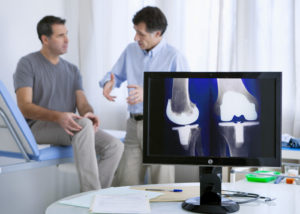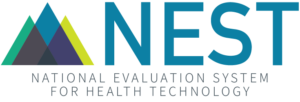Developing Objective Performance Criteria (OPC) for Outcomes after Hip and Knee Replacement

- Technology of Interest
Knee and Hip Implants
- Disease Area
Orthopedics
- Network Collaborators
MDEpiNet
- Duration
12 months
- Status
Complete
Overview
The objective of this Test-Case was to develop objective performance criteria (OPC) or goals (OPG) for major outcomes following (Class II or III) implantable device use in primary hip and knee replacements.
Hip and knee joint replacements are the most common procedures in the US, and there has been a continuous increase in the use of these two procedures over time. The major outcome measures following hip and knee replacements are revisions, and quality of life (QoL) changes. However, specific objective measures for outcomes after treatment have not been developed by the health care community. An OPC is a target value derived from historical data from clinical studies and/or registries which may be used for comparison of safety or effectiveness endpoints for medical devices.
This Test-Case aimed to develop OPC measures for all-cause and cause-specific revisions and reoperations at two years following primary hip and knee replacements, by utilizing real-world evidence (RWE) in registries and claims data within the OrthoCRN Network—Kaiser Permanente joint implant registries, FORCE-TJR, etc.). Further, data from literature review was used concurrently to understand incidences when registry data was missing or considered incomplete.
The study explored the feasibility of using a number of real-world data (RWD) sources to scientifically develop OPC that could be utilized generally in pre-market device regulation of new devices, pre-market investigational device exemption (IDE) clinical studies, and to support label change decisions of existing devices. This project will help the U.S. Food and Drug Administration (FDA), device innovators and manufacturers to adopt a least burdensome approach for evidence generation and reduce the costs of clinical trials.
Working collaboratively with NESTcc enabled engagement between partners with expert knowledge from different areas during the study. Collaboration with NESTcc also allowed for discussion with the community regarding project methodologies and dissemination, helping demonstrate the impact of real-world evidence (RWE) on the device total product life-cycle (TPLC).
Resources
Read a recap of the NEST Forum Test-Case presentation.
NEST Forum Presentation
View the recording of this Test-Case presentation from the NEST Forum.

